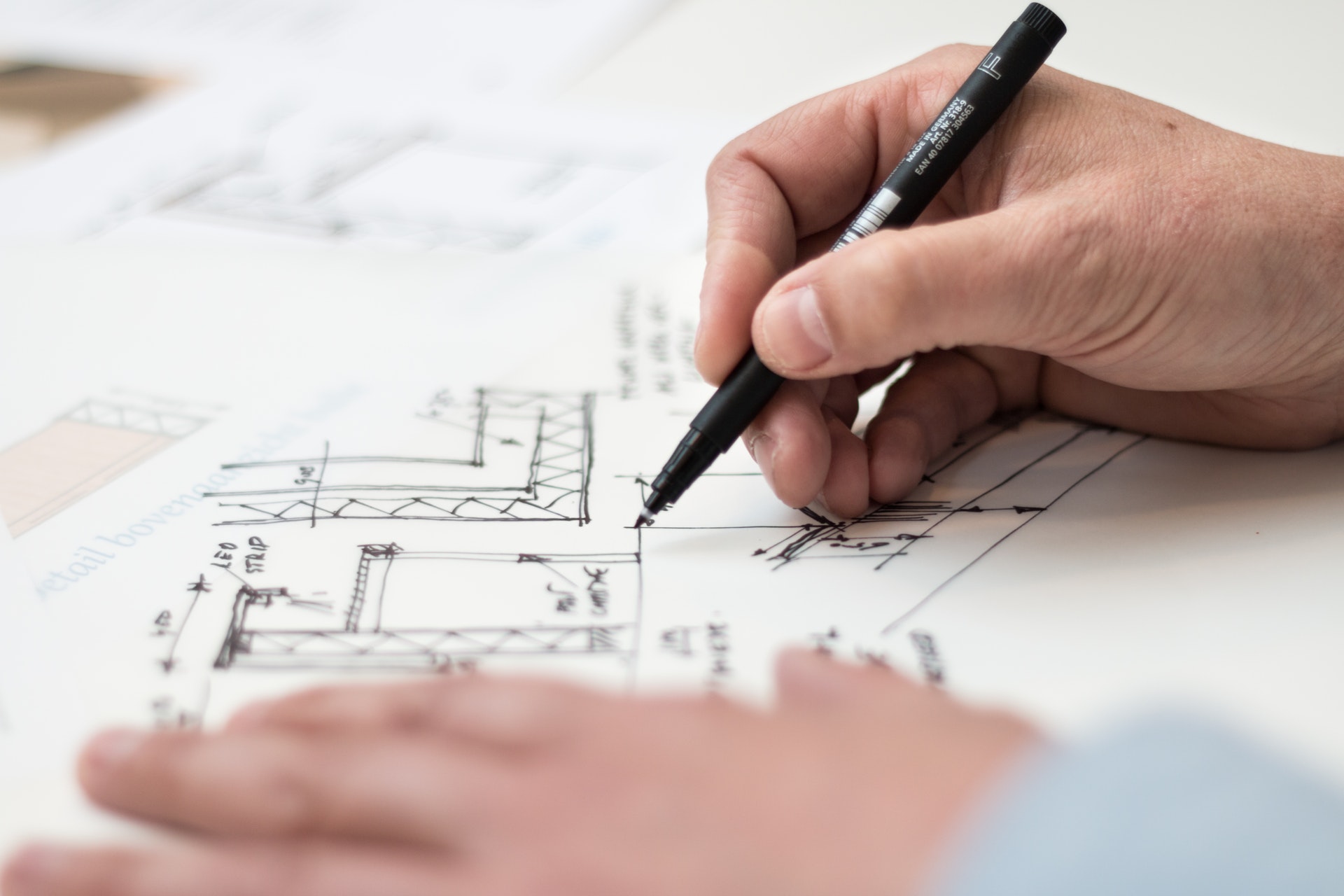Design process: 7 steps to an ideal project

One of the biggest problems of novice designers is the lack of a streamlined work process. This is logical, because most self-taught designers, who started with copying and only after that began to seriously engage in the craft.
I, like many, at the start of my career faced this problem. Periodic orders could create the illusion that I was doing everything right, but over time I began to realize that something was wrong in my work.
Before the start of the project, I was enthusiastic, and in the course of my work I certainly lost my motivation. As a result, I wanted to close the project as soon as possible, without thinking about the quality of work.
Process strength
This is very similar to writing articles. Imagine that you were asked to prepare a material on the melting of glaciers. Of course, you have heard something about this, but to make high-quality material you will need time to study the topic and only having gained knowledge you will be able to complete the task. So why do designers think they can start drawing right away, bypassing other steps?
Very simple.
Novice designers skip the required steps for two reasons. First, they do not know that there are such stages. After all, no one talked about this. Secondly, all novice designers attach too much importance to the visual component. As a result, a picture is drawn, cut off from the real tasks of the business.
It is very important to understand that excellent work is the result not of the designer’s genius (although this happens), but of the correct process, which leads the designer to an excellent decision.
Of course, the more experienced you are, the easier it is to do your job well, but the built-in design process helps a specialist to achieve a better result at any level.
7 steps to an ideal project
Let's take a look at the classic design process, which includes 7 steps:
1) Immersion in the task
Understanding the goals and objectives of the business. How does he earn? What goals and objectives are facing users?
2) Research
Analysis of information received from the customer. Independent research in open sources: the study of competitors, similar services and analytical reports on mechanics.
3) Idea generation
Fixing the received ideas from the previous stage in text form or in the form of sketches. Comparison of ideas and selection of the most appropriate.
4) Thinking scenarios
Identify key and minor scenarios. Phased development of the main scenarios.
5) Creating a framework
(A framework is a structure around which interface elements are built.) Using the collected ideas and the described scenarios, create the most appropriate project structure that helps the user to perform his tasks.
6) Search for visual style
Determine the necessary brand message and the selection of suitable colors, fonts and styles of elements.
7) Design layouts
Preparation of all layouts and possible interface states for transmission to the client or developers.
***
In any process, it is possible to return to several stages, and possibly to the very beginning. This may be due to the fact that the customer did not like your work. Although the right presentation is able to minimize the changes. Or you understand that you made a mistake in the design. For example, choosing the wrong structure or visual style does not match the brand. In this case, you need to go back a few steps back and do some of the work again.
It is not always easy, but only in this way you can create a design that will bring you satisfaction and make you a more sought-after specialist.
The essence of the process
Each step of the design process leads you to a solution. At the start of a career, we all want to get down to drawing as soon as possible, which is why our work is thoughtless and difficult to apply to the real world. In addition, such works are more difficult to present and now I will show why.
Imagine that you are presenting a project and the customer asks you why such an element is located here. Or why it is of that color. What will you answer? Because it is a corporate color? Because it is beautiful? Or maybe because the designer got this idea in the head? As you can see, no option is convincing. And when you have gone through a clear process of developing ideas and each of your decisions makes sense, it will be easier to argue.
Instead of appealing to beauty, you will rely on concrete facts. They can also refer to the visual, but will be backed up by logic. For example, this element is located there because it creates the right composition. Or is in the place where the user usually looks. Or has a color to attract the attention of the buyer.
A slight change in approach makes the designer from a creative person to an erudite specialist in the eyes of a client or manager. But your main goal is not just to create such an impression, but also to become such an expert who can argue every decision. And a clear design process, passed from beginning to end, will help you become one.
